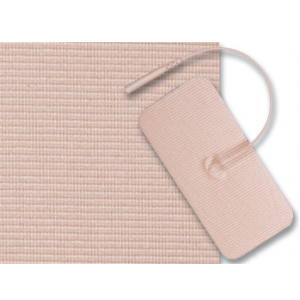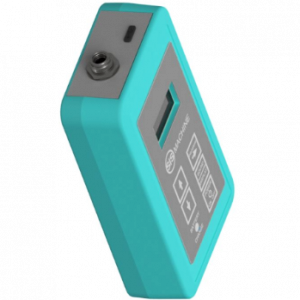Description
Highest Conductivity Electrotherapy Electrode in the World
4 Small SIS Electromedical Electrotherapy Electrode.
4.7cm (1.87 inch) ⌀diameter circular silver-nylon active stimulation area. Can be cut down to any size and shape. For use as (+)positive or (-)return electrode.
For use with SIS device models: M250/M250MA/W300/W300ML/FG300, and any other electrotherapy device. Designed for application to many areas of the body.
-
Far higher electrical conductivity (5-400×, typical 100×) than standard hydrogel (self-adhesive) electrotherapy electrodes. Total bioelectrical circuit resistance on intact skin below 50 kiloohms as standard and below 10 kiloohms normally achievable.
-
Applied with tap water and standard fixation tape.
-
Can conduct lower intensity and higher precision DC Output Currents and AC frequency based stimulation, using far lower voltages.
-
Optimal for extended applications.
-
Improved skin protection; can also be used over standard wet gauze.
-
Originally designed to meet the requirements and appropriate for high precision surface wound stimulation.
Further information
A typical self-adhesive hydrogel electromedical electrotherapy electrode placed in contact with intact skin typically contribute between 0.5 to 4 megaohms (4,000,000 ohms) of electrical resistance per pair. SIS electrodes typically contribute only 10-100 kiloohms (100,000 ohms) per pair under the same conditions.
Translated to clinical applications, this means that to deliver 10 microAmperes of electric current (microcurrent) into the body with hydrogel electrodes would need up to 40 volts, which would damage skin and cells. In reality, with a lower applied actual stimulation voltage, that much microcurrent never conducts through the body. Using the SIS electrodes, only a maximum of 1 volt would be needed to conduct the same intensity of microcurrent.









